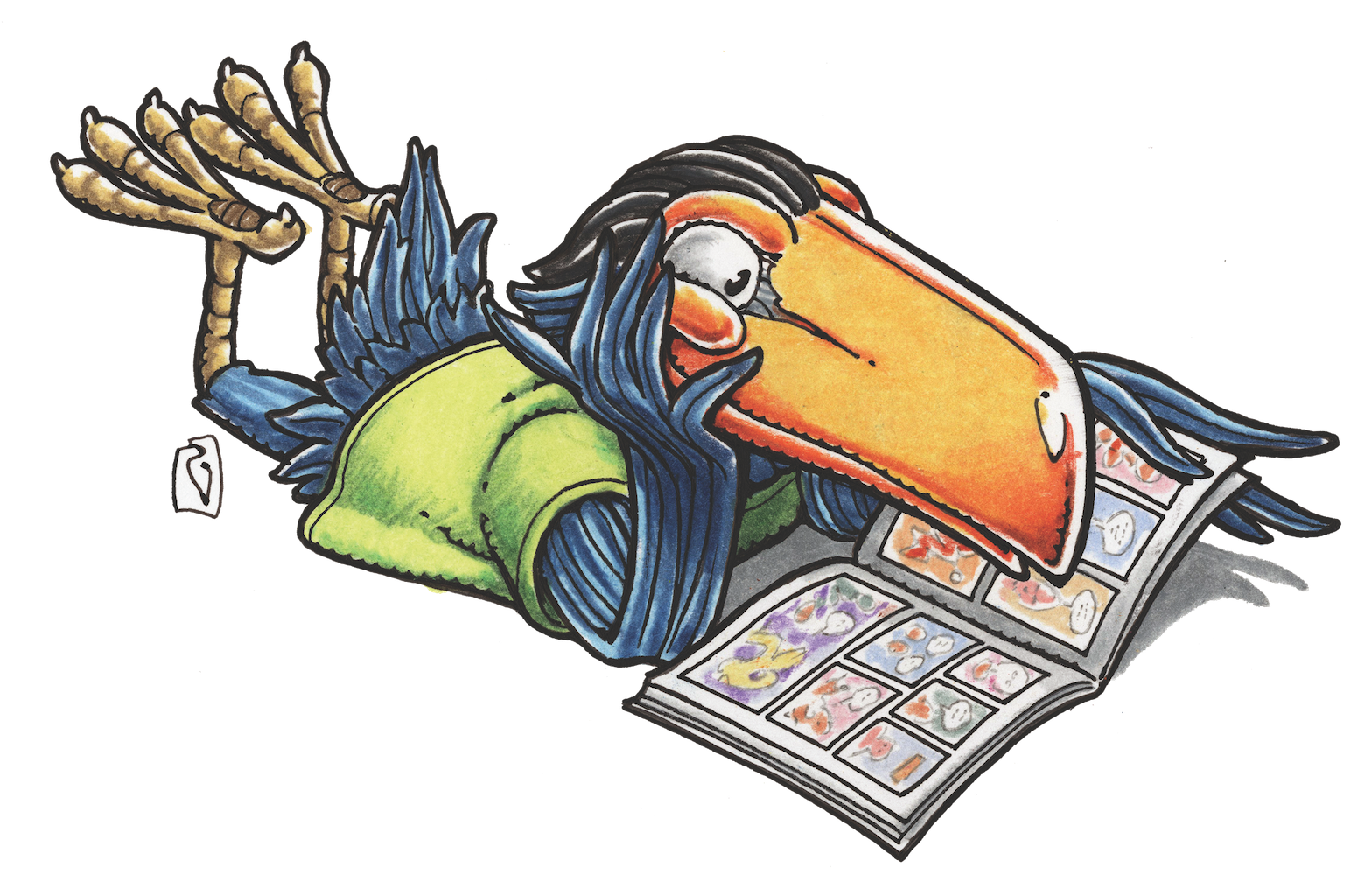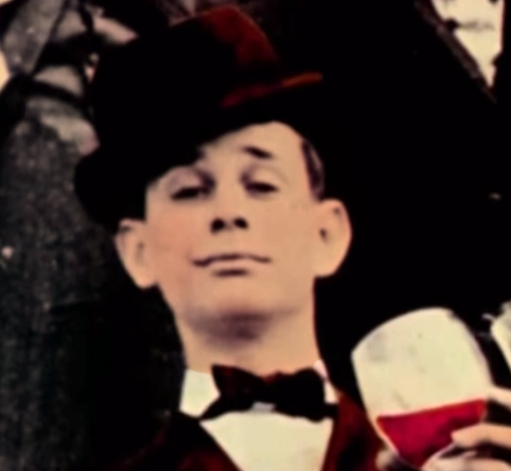JESSE HAMM’S CAROUSEL
Carousel 017: Backgrounds


A common refrain from editors when you’re starting out as an artist is “work on your backgrounds.” Backgrounds are the unsung hero in comics, establishing the story’s mood and sense of place while the characters prance around soaking up all the glory. Faces and figures may grab our attention, but most of the real estate on a comics page is occupied by the background, which often requires more time and planning than the characters. And yet, curiously little space in books on how to draw comics is devoted to the drawing of backgrounds. The result is that most cartoonists have some catching up to do in that area, even after mastering figures and faces.
So here are ten tips to help beef-up your background-drawing skills:
1. First of all, despite the name, it’s helpful not to think of what we call “backgrounds” as being in the background. “Background” is a theatrical term, implying a flat wall behind the players. But in comics, we want to create whole worlds for our characters to occupy, not just draw things behind them. It’s helpful, then, to think of “backgrounds” as “environment.” An environment surrounds characters, and includes foreground elements, sky and ground, and weather and lighting and noisy activity. Remembering this will prevent your backgrounds from looking like a two-dimensional afterthought, added-in “back there.”
2. If you find drawing environments boring and impersonal, make them personal. Think of the environment in each scene as a character with a mood. It’s not a tree, it’s a SINISTER tree. A STERN building. A GOOFY truck. And so forth. Finding the spirit of the environment, and drawing a “portrait” of that, will make drawing backgrounds feel less like math homework, and more like storytelling.
3. To keep background elements consistent throughout a story, match their parts to a character’s anatomy. For example, at the home of your main character, the front windowsill may be the height of his head; a hedge may be the height of his hip; et cetera. Then, no matter where the “camera” is in each panel, you can always size that background correctly in relation to that figure.
4. Don’t default to bland “sitcom” lighting, with everything brightly lit and no interesting shadows. Establish in each scene where your light is coming from, and find interesting ways to block that light. For an indoor scene, add a light source or two—a lamp, a torch, a window—and shade accordingly, blacking the unlit sides of furniture and other objects, and arranging those objects to create interesting patterns of dark and light. To enliven an outdoor scene, find ways to block the sunlight. A tree or building can divide the panel into interesting dark and light areas.
5. Sometimes, when you draw a scene crowded with objects, the objects will overlap too much and occupy each other’s space, which hampers the appearance of depth. To avoid this, first draw the objects’ silhouettes on the ground—cars, tables, etc.—then build them up from there. Drawing objects from the ground up ensures that they’re occupying their proper spaces on the ground plane, and not overlapping each other.
6. Buildings usually have “beards”—that is, objects which tend to accumulate around the building: signage, fencing, trash cans, occupants’ belongings, etc. Bring your buildings alive by growing beards on them. Remember, too, that plant-life is common even in urban areas. Enliven a street scene or building interior by adding hedges, ivy, houseplants, etc. Conversely, only the remotest wilderness has no human structures. For a more authentic wilderness, include an old road, fences, power lines, and so forth.
7. A whole background in every panel will look too busy, but it’s helpful to feature “connective” objects from prior panels in most of your panels. For example, if Panel 1 features a cottage, a lake, and a tree, Panel 2 may show only the tree, and Panel 3 may just show part of the cottage. The “connective” objects keep the idea of the environment alive in the minds of readers, without you having to redraw the whole background in every panel. (Another, popular alternative to drawing backgrounds in every panel is to draw the background once, at the outset, and then leave it out of subsequent panels. But this weakens readers’ immersion in the scene. A background in one panel is a pretty picture; a background in multiple panels is an environment.)
8. Despite the point above, some panels are best served by no background at all. How do you know whether to include a background, or whether to leave it out? Backgrounds are best included when their absence would be confusing, and best excluded when their presence would be distracting. Before drawing the page, look at your thumbnail sketches and ask yourself, “Can I tell where the characters are in each panel? Would background details clutter the panel and slow down the moment? Or would their absence look too sparse?” Your storytelling instincts will tell you how to proceed from there.
9. The farther an object is from the viewer, the less visible are its details. For example: the farther away a bush is, the less distinctly you must draw the leaves. If the bush is near, draw the leaves; if it’s far off in the background, draw a blobby bush-like shape. This may seem obvious, but when you are rendering two objects side-by-side on the page, it’s tempting to grant them both the same amount of detail, even if one is meant to be much farther away. Be mindful of each object’s distance, and simplify it accordingly.
10. Finally: practice! As you go about your day, snap photos of scenes that strike your fancy, indoors or outdoors, and add them to a folder. Later, when you’re drawing, sketch those shots. This will teach you to imagine three-dimensional spaces in your art, and fill your mind with architectural details and plants and props that will give your scenes authenticity. Later, when you add backgrounds to a comics page, the task will feel less daunting.
See you here next month!